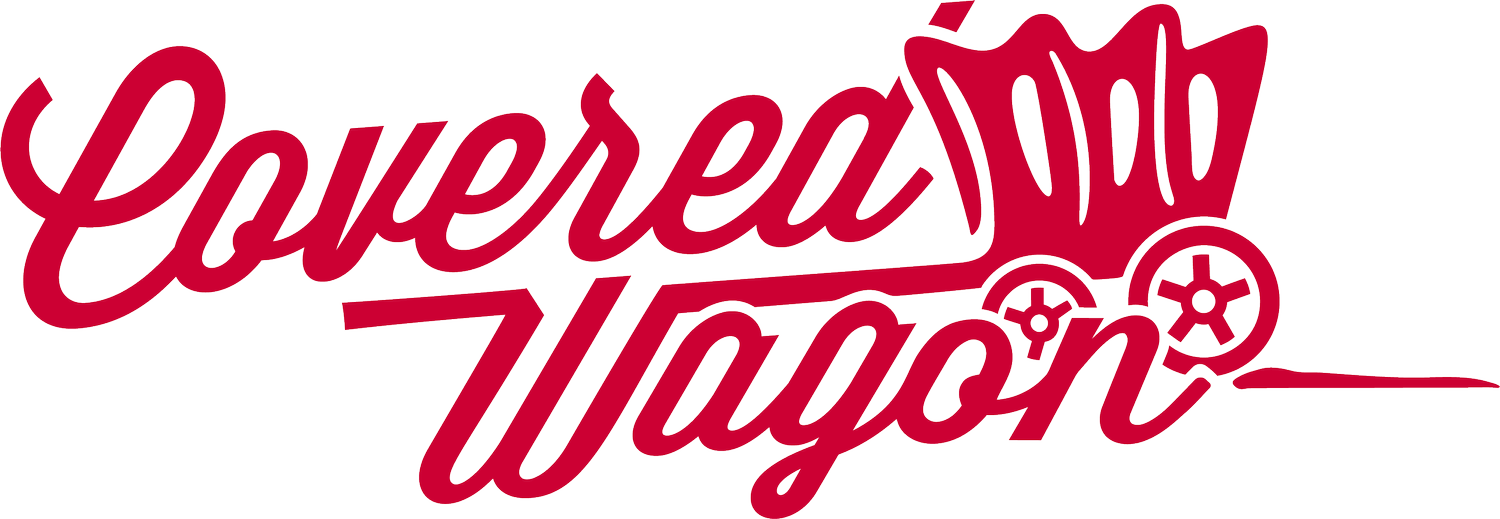Are You Part of the Next Industrial Revolution?
Let’s have a little history lesson:
From 1760 to about 1840 or so, the world developed new ways to manufacture and deliver goods. Production moved away from workers with hands and towards automated / machine-based factories, powered by steam and water. The textile industry was the first to adopt these new forms of production, and became a main driver behind the economic development that generated sustained growth in income and standard of living.
It was the Industrial Revolution, and though it was far from perfect—as anyone who’s read a Charles Dickens novel understands—it was a watershed moment in human history.
Shortly afterwards, new ways of producing steel and refining petroleum created a Second Industrial Revolution. Not as many people wrote novels about that, but it was another important moment in human history marked by electrification and development in chemicals that we see today in simple things we take for granted, like aspirin and lightbulbs.
Computers and information technology, once again, created a Third Industrial Revolution focused on automating manufacturing. Now, people are writing, we are in the midst of a Fourth Industrial Revolution marked by developments like the Internet of Things, 3-D Printers, self-driving cars, and quantum computing.
Trying to Find the Revolution
If you don’t look for revolution, you can be sure it’ll find you. (That’s another Dickens reference for everyone who read A Tale of Two Cities in high school.) In business, that looks like this: 88% of the companies listed on the Fortune 500 in 1955 no longer appear on the list because they’ve either stopped being so successful, been bought / merged / changed, or have gone out of business altogether.
If that seems surprising, maybe you should walk down to your local Blockbuster Video and rent a DVD of Wall Street. Hey, take a picture of the store front with a Polaroid while you’re at it.
Identifying and figuring out how to take advantage of trends is a business in itself. It can be a lot to ask of members of an organization to have their fingers on the pulse of innovation and do their regular jobs at the same time, but it’s necessary.
If you’re not a member of the revolution, you get swept up by it.
The Newcomer’s Guide to the Revolution
Making sure you stay ahead of the trend isn’t easy, but history has taught us a few things are true.
One: You can’t remain beholden to old ideas.
One common thread through the stories of companies that failed to ride revolutions is that they remained steadfastly loyal to their old ways of doing things. Blockbuster, Kodak, Borders Books: they all refused to adapt in the face of shifting technologies and consumer sentiment.
As they say in all those TV commercials for investment brokers: prior success does not predict future performance.
Do you want to be a company that does what it always did, or do you want to be a success?
Two: Ideas are always the driving force
Revolution starts with the spark of an idea. That means that investment in idea machines—workers—is the best way to prepare for what comes next.
Space must be given over to new ideas, with courage.
It can be scary to embrace new ways of doing things, especially when doing new things threatens the security of the old ways (see, again, Blockbuster and Kodak). But time and time again, history shows that businesses who don’t embrace the new are destroyed by other businesses that do.
Three: If you’re on the ride, don’t let it run over someone else
The first Industrial Revolution produced some pretty squalid living conditions for the people displaced by the new machines. (That’s Dickens, again.) Long story short, as you successfully ride the wave of revolution, throw a lifesaver to those left drowning.
It’s not just morally right, it’s good for business, too.
Survey after survey shows that consumers want businesses who act in ethically responsible ways. That means treating people, and the environment, as if they and it are the only ones we’ve got.
Four: You can run and chew gum at the same time
Looking for the next wave of change doesn’t have to mean you leave all the old ways behind immediately. There should be time for transition, and a back-up plan in case of failure.
Successful people, and successful businesses, are capable of doing more than one thing at a time. Just be ready to commit when the time is right.
Being the Star of the Next Science-Fiction Turned Science-Fact
What will the next Industrial Revolution look like? After leaning on the mechanical, chemical, electric, and digital, where will we develop next?
Consider this: the next revolution will be biological. I suspect we’ll go back to what we’ve always had and always known, our own bodies. We’ll make them tougher, stronger, and last longer. Our cell phones have almost made us cyborgs already, and though we won’t be looking anything like Robocop, it’s not unlikely that our bodies will be different than they are now.
We’re growing meat in jars. That’s a sentence only a science-fiction writer would have dreamed-up not too long ago. Robots can do parkour. Even R2-D2 couldn’t hope like that. Just saying.
No matter where we think we’re going, we need to decide now where we’ll be placed in the next Industrial Revolution. Our companies and livelihoods benefit from planning for tomorrow, today.
Changes are coming.
Where will you fit in?
Covered Wagon can help you develop a strategy that helps your company take advantage of the new developments you know are coming, and prepare you for the ones you don’t.
Reach out to us now and get started on your future.
